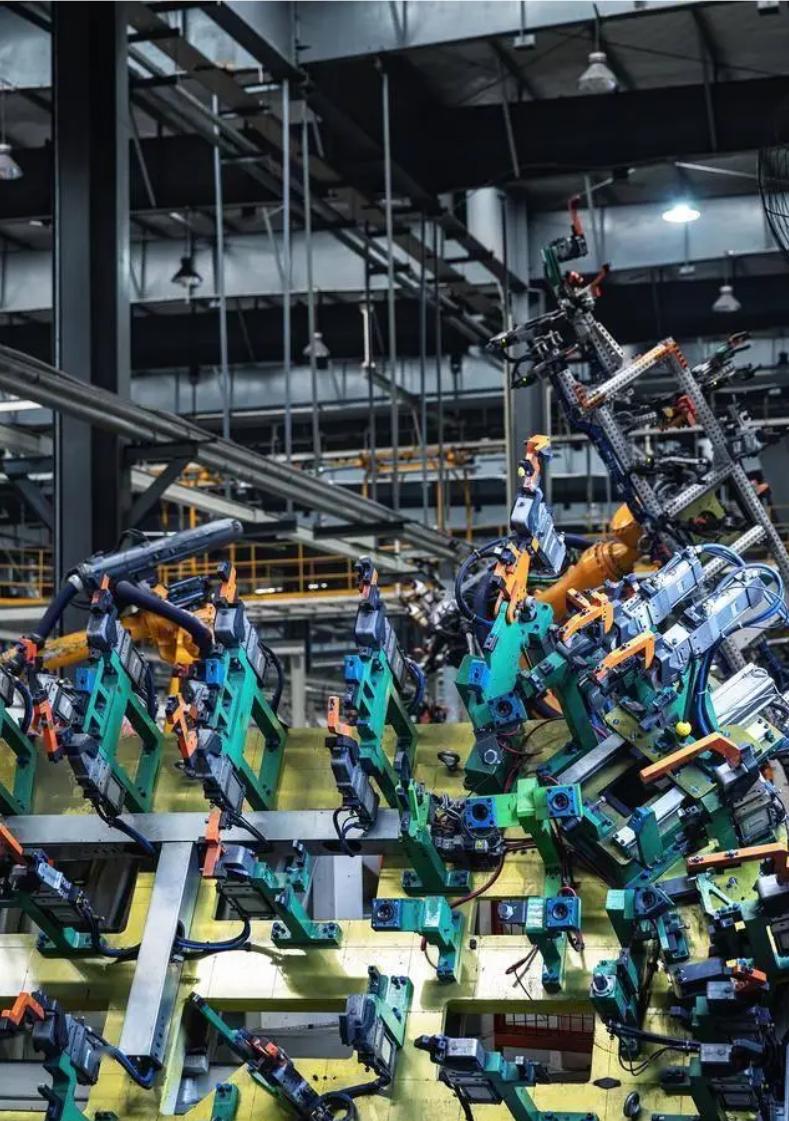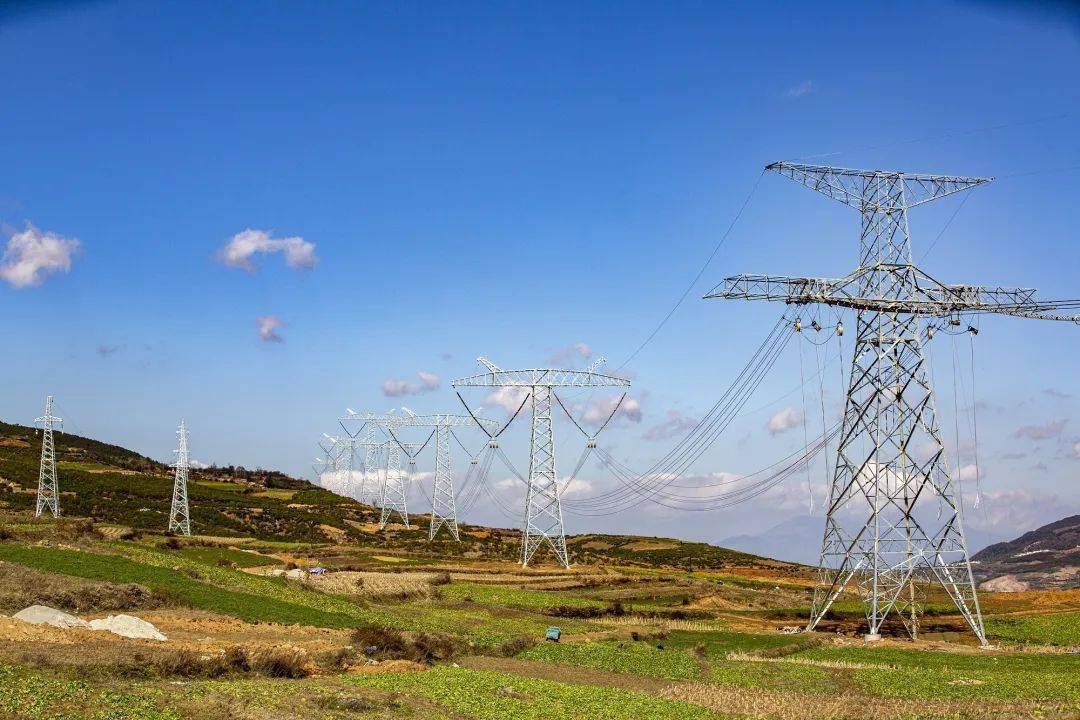
Recently, the United States announced the reopening of the Office of Trade and Manufacturing Policy, which immediately attracted wide attention in the international community. As an institution established during the Trump administration, it was once regarded as an important measure to promote US trade protectionism and manufacturing repatriation. Historically, the Office of Trade and Manufacturing Policy was created to defend the interests of American workers and domestic manufacturers, promote economic growth, and reduce the trade deficit. The reopening of this agency reflects the determination of the US government to revitalize domestic manufacturing and increase domestic employment. Especially under the double impact of the global epidemic and economic downturn, the US government hopes to ensure the stable development of domestic industries by strengthening the formulation and implementation of trade policies, which is an important support for its argument. Now, against the backdrop of a backlash against globalization and rising protectionism, the agency's relaunch will no doubt reignite a lively debate about the direction of US trade policy. So, is the return of the US Trade and Manufacturing Policy Office a good way to revitalize the US economy, or another return of trade protectionism?
The resumption of manufacturing policy in the United States will have a complex and multi-faceted impact on the economy. The first is the impact on the United States itself, the resumption of the manufacturing policy Office reflects the determination of the United States government to revitalize the local manufacturing industry, aiming to promote the return and development of manufacturing through policy support, and improve the competitiveness of domestic industries. The return of manufacturing will help increase employment opportunities in the United States, increase employment, and stabilize the social economy. The return of manufacturing can also promote the development of related industrial chains and further promote employment growth. Through policy support, the United States can increase investment in high-end manufacturing and emerging industries, and enhance the technological level and innovation capacity of the manufacturing industry. This will help the United States occupy a more favorable position in the global manufacturing value chain and enhance its international competitiveness. The revival of manufacturing policy will help shift the US economy away from over-reliance on services and towards a more balanced economy. This will help enhance economic stability and resilience, and lay a solid foundation for long-term economic growth.
The second is the impact on the domestic economy of the United States, the restart of manufacturing policy will encourage American enterprises to move production lines back to the country, which will directly promote the growth of manufacturing. At the same time, the return of manufacturing will create a large number of jobs, help reduce the unemployment rate and increase the income level of the people. Through policy support, the United States can increase investment in high-end manufacturing and emerging industries to enhance the competitiveness and innovation capacity of these industries. This will help the United States occupy a better position in the global market and enhance economic autonomy. The resumption of manufacturing policy will help to optimize the structure of the US economy and reduce its over-dependence on the service sector. This will enhance the stability and resilience of the economy and lay a solid foundation for long-term economic growth.
Third, the impact on the global economy, the restart of the U.S. manufacturing policy will trigger changes in the global manufacturing landscape, and some manufacturing may be transferred from other countries to the United States. This will have a certain impact on the development of manufacturing in other countries and may lead to increased competition in the global manufacturing market. The reshoring of manufacturing will lead to a rearrangement of the global supply chain, and the production and supply of some products will be affected. This may lead to turbulence and uncertainty in the global supply chain, requiring countries to strengthen supply chain management and risk prevention and control. The restart of the US manufacturing policy may trigger dissatisfaction and concerns from other countries, leading to increased international trade frictions. This requires countries to strengthen communication and consultation and jointly maintain international trade order and stability.

報告顯示,中國電力投資加速增長,預計2024年電網基建投資將超過5300億元。
近日,市場迎來了一則引人注目的消息:工業巨頭3M公司(MMM.N)在本周五公布了其季度業績報告,隨後股價飆升至近兩年來的
最近,外媒給OpenAI算了筆賬,今年可能要血虧50億美元。
近日,巴黎奧運會和世界鐵人三項協會聯合發布了一項重大決定,宣布因塞納河水質污染問題,原定於近期進行的奧運會鐵人三項首次下
當地時間7月18日,法國巴黎發生了一起令人震驚的持刀襲警事件。
近期,一則重大消息在國際舞臺上引起軒然大波,馬來西亞宣布加入金磚國家。
調查發現,互聯網和智能手機的使用幹擾了韓國近五分之一學生的生活。